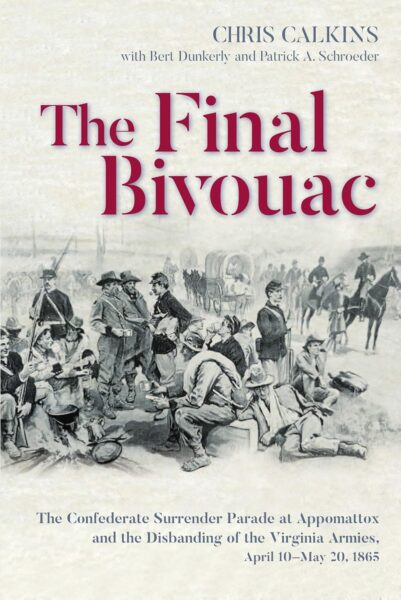
Blog

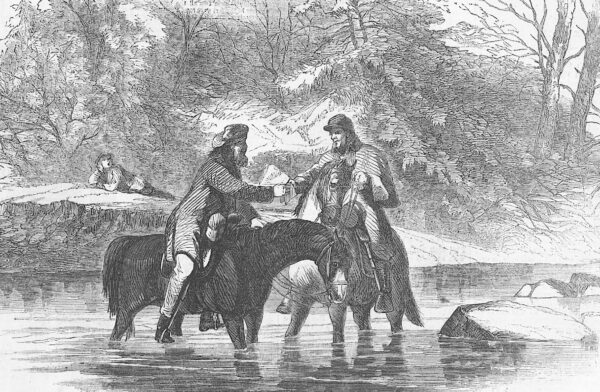
Published: 10/13/25
Extra Voices: Fraternizing with the Enemy
Read quotes from Union and Confederate soldiers about the times they interacted with their opponents when not in active combat.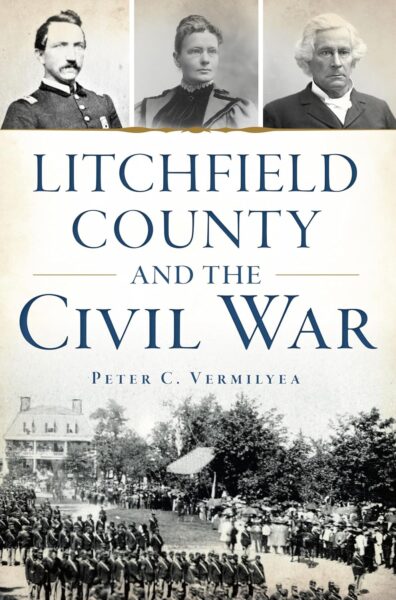
Published: 10/8/25
Litchfield County and the Civil War (2024)
Peter C. Vermilyea offers an in-depth analysis of how the mobilization of a Civil War regiment elicited both patriotism and dissent in a New England community.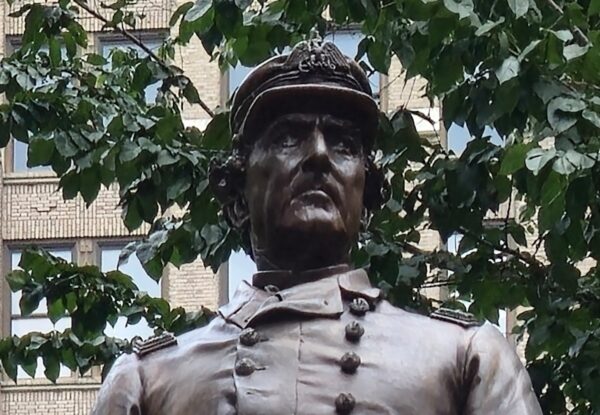
Published: 10/6/25
Under the “Damn the Torpedoes” Surface
A look at the origins of the monument to Admiral David G. Farragut in New York City's Madison Square Park.
Published: 10/1/25
If I Can Get Home This Fall (2025)
Tyler Alexander has assembled a highly readable and moving account of love and war.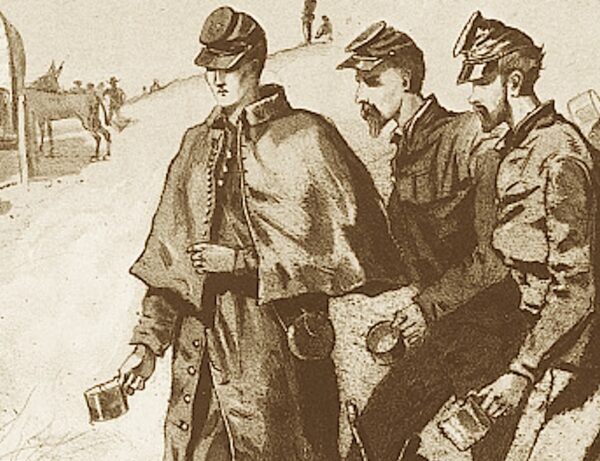
Published: 9/29/25
Soldiers Love Coffee
Army of the Potomac surgeon J. Theodore Calhoun on how much Union soldiers loved—and came to depend upon—coffee.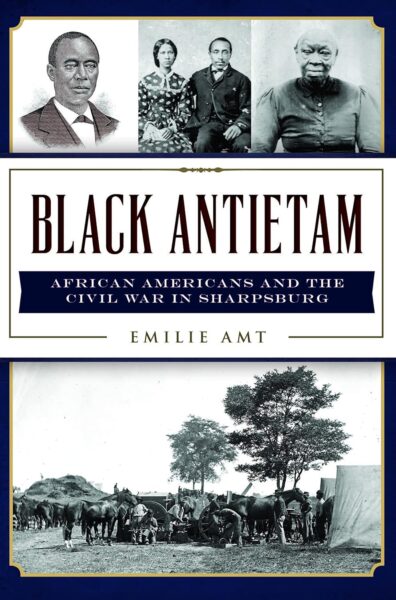
Published: 9/24/25
Black Antietam (2022)
"Black Antietam" is a short but welcome work that restores to view the integral role played by African Americans in the community of Sharpsburg.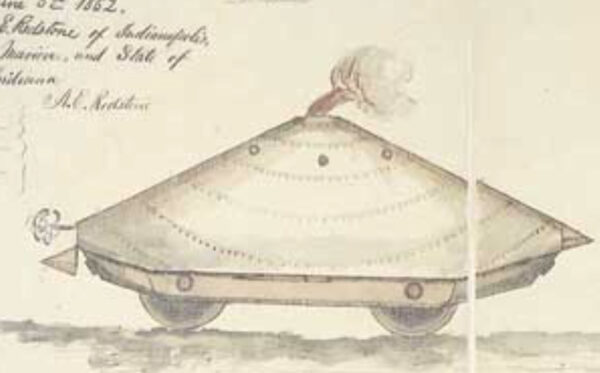
Published: 9/22/25
A Civil War Tank
Learn about Indiana inventor Albert E. Redstone's proposed "Land Monitor," a Civil War tank that never was.
Published: 9/17/25
Unconditional Surrender (2025)
"Unconditional Surrender" invites readers to understand Grant as a complex individual who confronted head-on the challenges of his times.
Published: 9/15/25
A Fistful of Lincoln
A look at how and why we value and interpret physical objects and documents associated with President Abraham Lincoln.
Published: 9/10/25
Fractured Freedoms (2025)
"Fractured Freedoms" offers a deeply researched and well written microhistory of the U.S. Civil War era in central Louisiana.
Published: 9/3/25
Lincoln the Citizen (2025)
Lincoln scholar Michael Burlingame has shepherded another important primary source into print.
Published: 9/1/25
Fatal Terrain
How terrain helped influence the nature of combat—and of the many resulting casualties—on Civil War battlefields.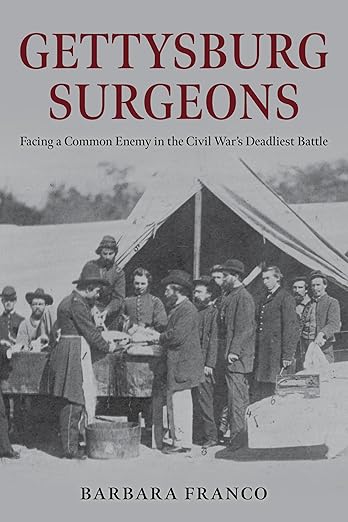
Published: 8/27/25
Gettysburg Surgeons (2025)
"Gettysburg Surgeons" is an engaging narrative that addresses neglected aspects along the battle's well-traveled road.
Published: 8/25/25
An Aromatic Belt
Aromatic belts were among the many suspect items peddled to Civil War soldiers in search of extra protections against disease.
Published: 8/20/25
Sexual Violence and American Slavery (2024)
"Sexual Violence and American Slavery" thoughtfully makes hard and critical history accessible and understandable.
Published: 8/18/25
Setting the Record Straight
A look at the trailblazing efforts of Civil War nurse Adaline Blanchard Tyler.
Published: 8/13/25
Texas: An American History (2025)
Benjamin Heber Johnson has mastered his subject in "Texas: An American History."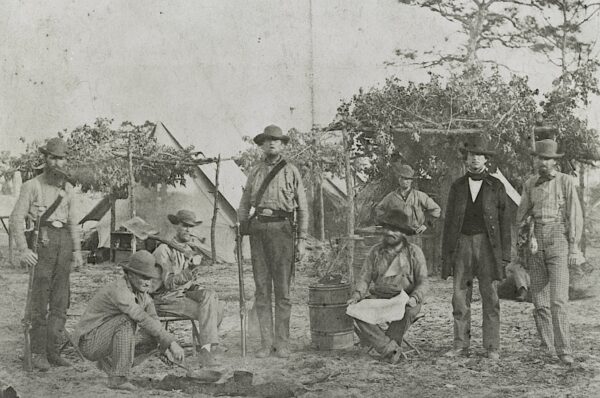
Published: 8/11/25
Extra Voices: Rebs on Yanks
Read quotes from Confederate soldiers and civilians that reflect their intense feelings about their Yankee opponents.